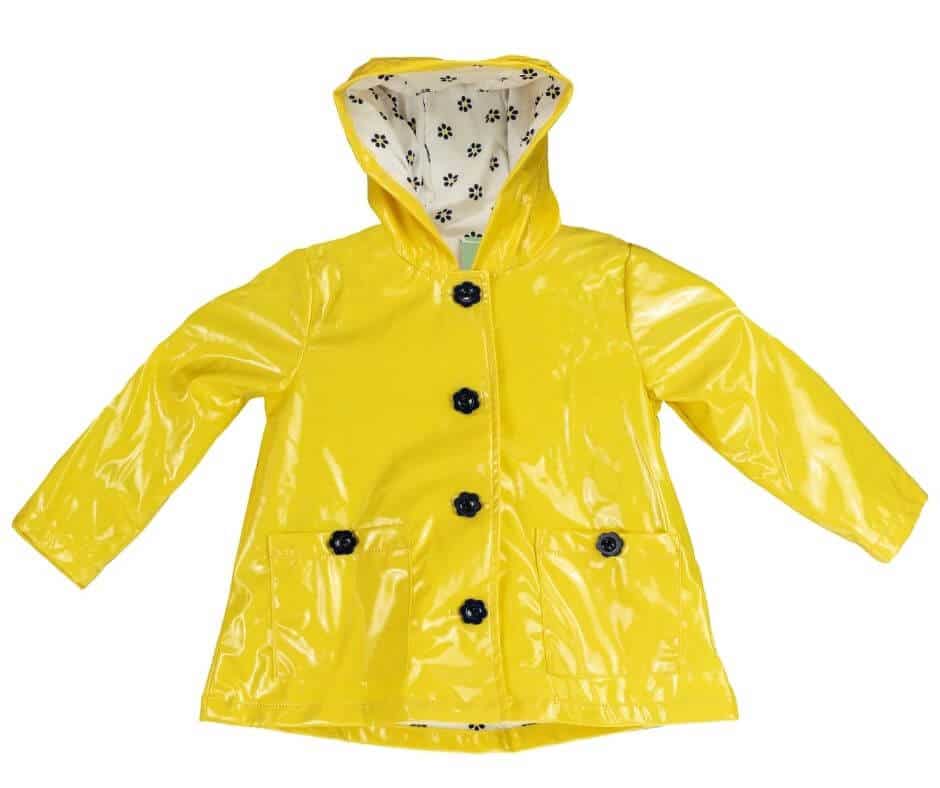
You would think descriptive writing would be simple to teach, but it’s much more complex. Students often think that just adding extra words presents more detail in their work. Let’s take a look at some helpful tips for how to teach descriptive writing practices that will help your students become better writers and create a concrete image for their readers.

Narrative Writing and Descriptive Writing can get confused because teachers often tell their students to add plenty of detail to their narratives. Of course, they want all the details of the road trip they took or the fictional story they are writing. The reader wants to be present in the story.
A descriptive text, however, is not always a narrative. Descriptive writing can apply to all forms of writing. Students should be adding descriptors to their text to draw the reader in.
Try explaining it to your students like this:
A venn diagram is an effective way to show students the similarities and differences between narrative and descriptive writing. Breaking it down helped me learn how to teach descriptive writing better and help my students more.

There are tons of different descriptive texts that you can use to show students how to add description to their writing. Not sure where to find them? Head to ANY store and you will find product after product with descriptive text.
Go to the grocery store and pick up a box of cereal. The back of the box will explain how delicious and nutritious the cereal tastes. It will describe the crunch and the flavor, as well as the appearance.
Head into your local sporting goods store and pick up a rain jacket. The tag will explain how durable the jacket is as well as how water repellent it is for any type of downpour.

As a fun activity, have your students bring in a product that still has the packaging or tag. Let them gather in groups as they discuss the descriptive words they find on their items. Do this for a few days with different items to let them get an idea of how to describe different things. They will be able to apply this to their writer and really get into the reader’s mind as the put ideas to paper.
Once they begin writing, encourage them to use descriptive words that appeal to the senses. When talking about clothing, tell them to use words like breathable, warm, soft, and cozy. If they are describing food, remind them to use words that will appeal to the reader. These words might be crunchy, flavorful, cheesy, or savory.
One great way to get students to write with descriptive writing elements is to use figurative language. Explain to them what similes, metaphors, and personification are. Let them use these descriptive writing elements to create a clear picture when they take pen to paper. If you have forgotten, here’s a review:
The use of figurative language is a fun way to add a detailed description to descriptive essay topics.
Using a mentor text as a descriptive writing tool on how to model is a great way to introduce and practice this skill. I do suggest that if you use mentor texts for different types of writing simultaneously, you separate the narrative writing texts from the descriptive writing texts. This will just avoid any confusion among your students.
The product labels and tags also serve as amazing mentor texts that students can provide. Both of these options make the writing process fun!

As a practice activity, have students write a descriptive paragraph using NO verbs. They have to use other descriptive details to explain what is happening in their sentences. This is a creative way to get them thinking outside the box while writing their sentences. They have to pay close attention to what they are writing and it forces them to reframe specific details in a fun way.
Another great activity to use as a descriptive writing how to model is to ask students to write a short paragraph that grosses them out. They have to use vivid details to construct sentences that will make the reader feel disgusted. If possible, give out a prize for the most disgusting descriptive essay!

Oh, I forgot to mention, this activity works better if you tell them they have to write about a real-life gross event. They can’t write about zombies or the boogeyman. Tell them to think of something they have experienced or heard about and describe it in as much detail as possible.
Creating a mental picture is the perfect way to model how to write a descriptive essay. The primary purpose of descriptive writing is to use interesting words to grab your reader’s attention. The use of adjectives isn’t the only way to do this. Remind students to use their senses so they can create a vivid picture for the reader. Tell them to take their reader to wherever it is they are writing about. Write about the smell of the building or park, detail the sounds they might hear, write down anything they touch, taste, or smell.
My Weekly Descriptive Writing Prompts are a great way to practice using effective descriptive writing. Students use descriptive language to take their writing to a deeper level. The activities help students with their word choice as their write about their own experience as well as fictional topics.

These activities are also available in Digital Form! Have students use them during independent center time, writing block, or as an assignment at home.
Learn more about descriptive writing by reading 3 Ways to Improve Paragraph Writing Using Descriptive Writing.

Find ready-to-go lessons, activities, and organizational tools to simplify your life and help you fall back in love with your job.
Get teaching tips, resources, and freebies delivered right to your inbox once a week!
We weren't meant to do this teaching life alone... we need each other. Join our Upper Elementary teacher community on Facebook for tips, ideas, and support from people who get it... teachers just like you!